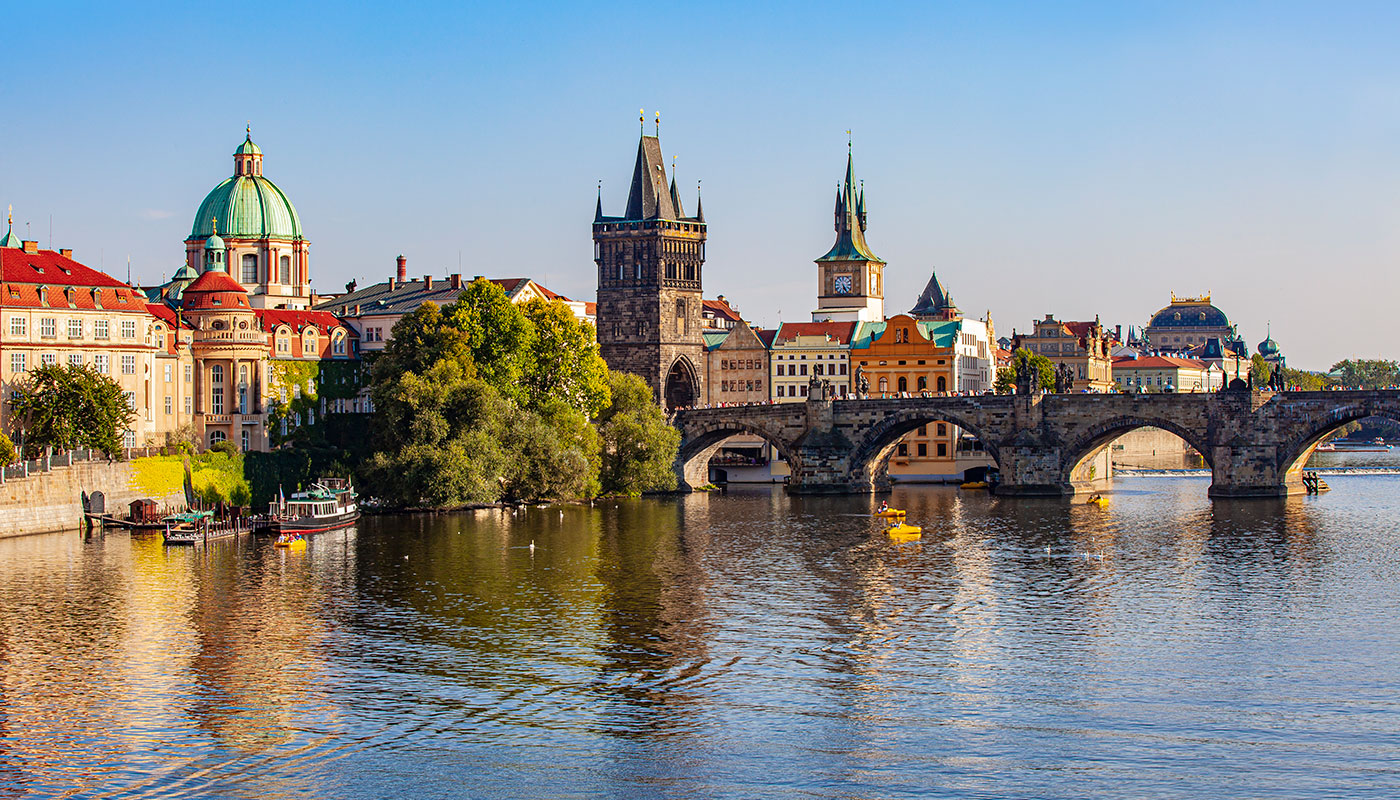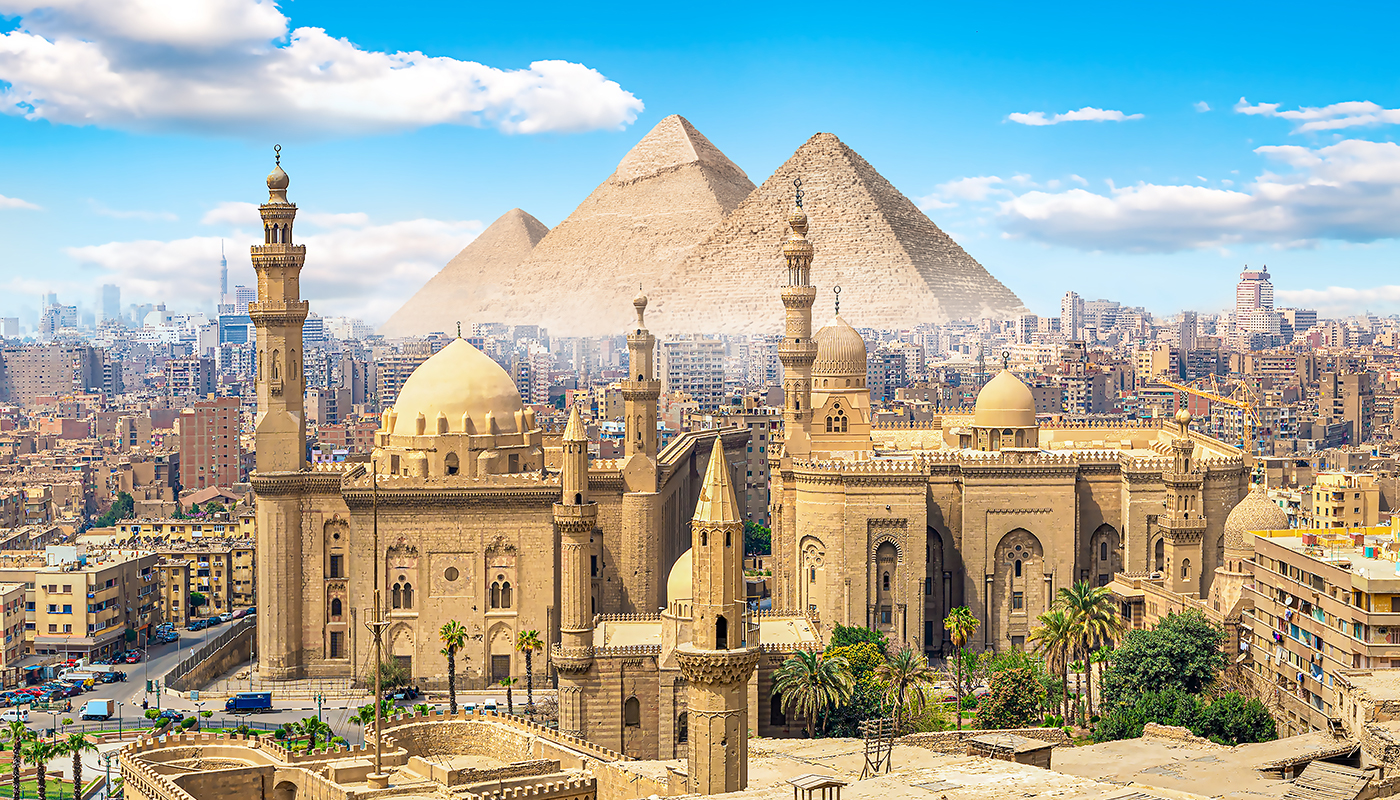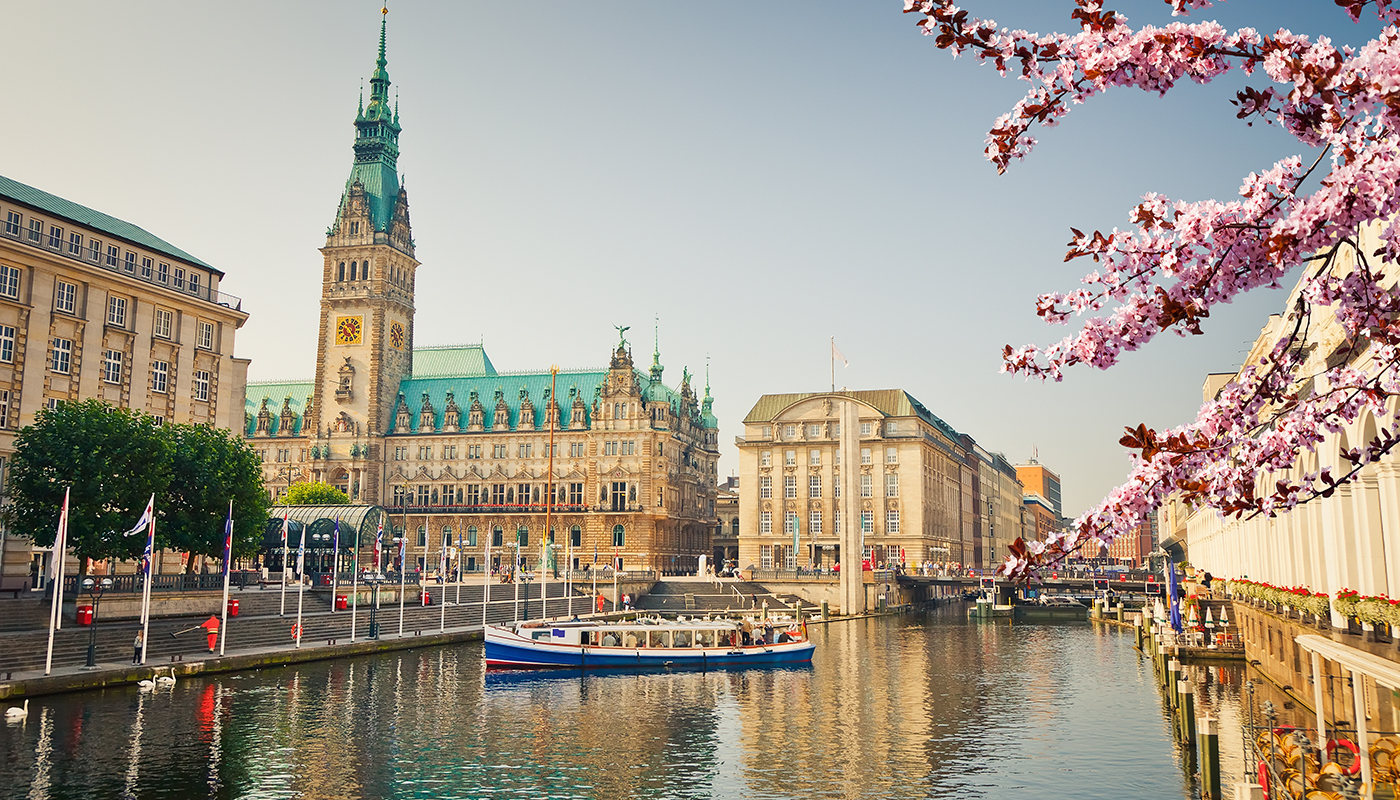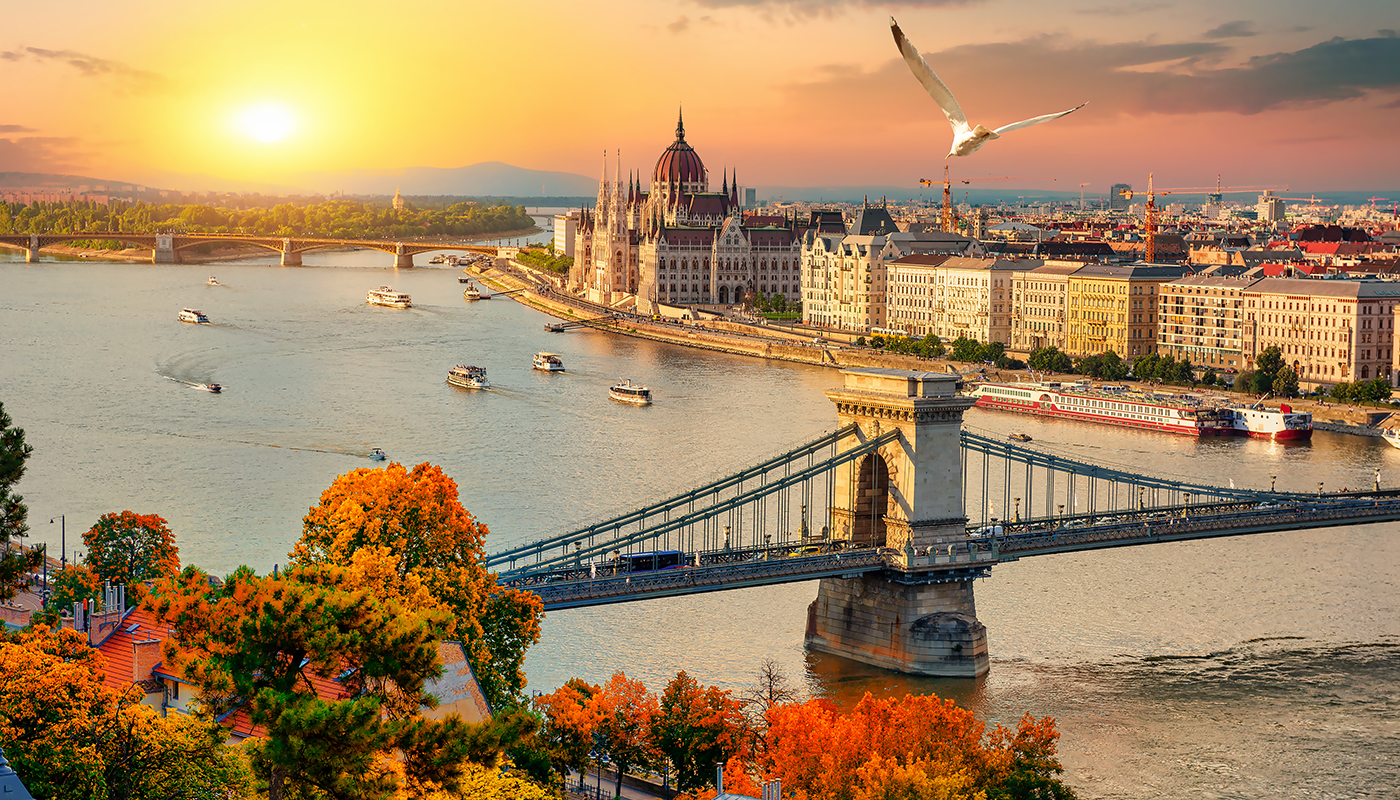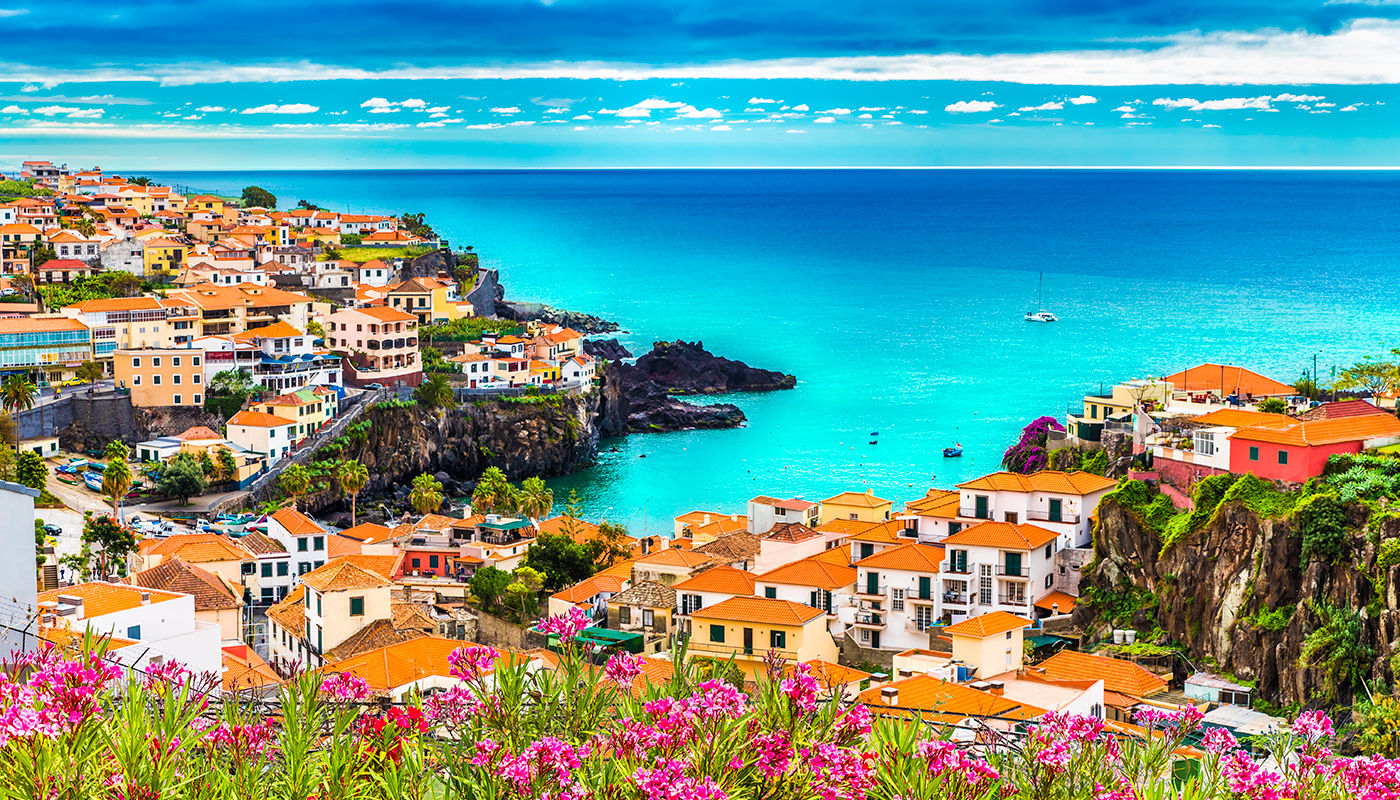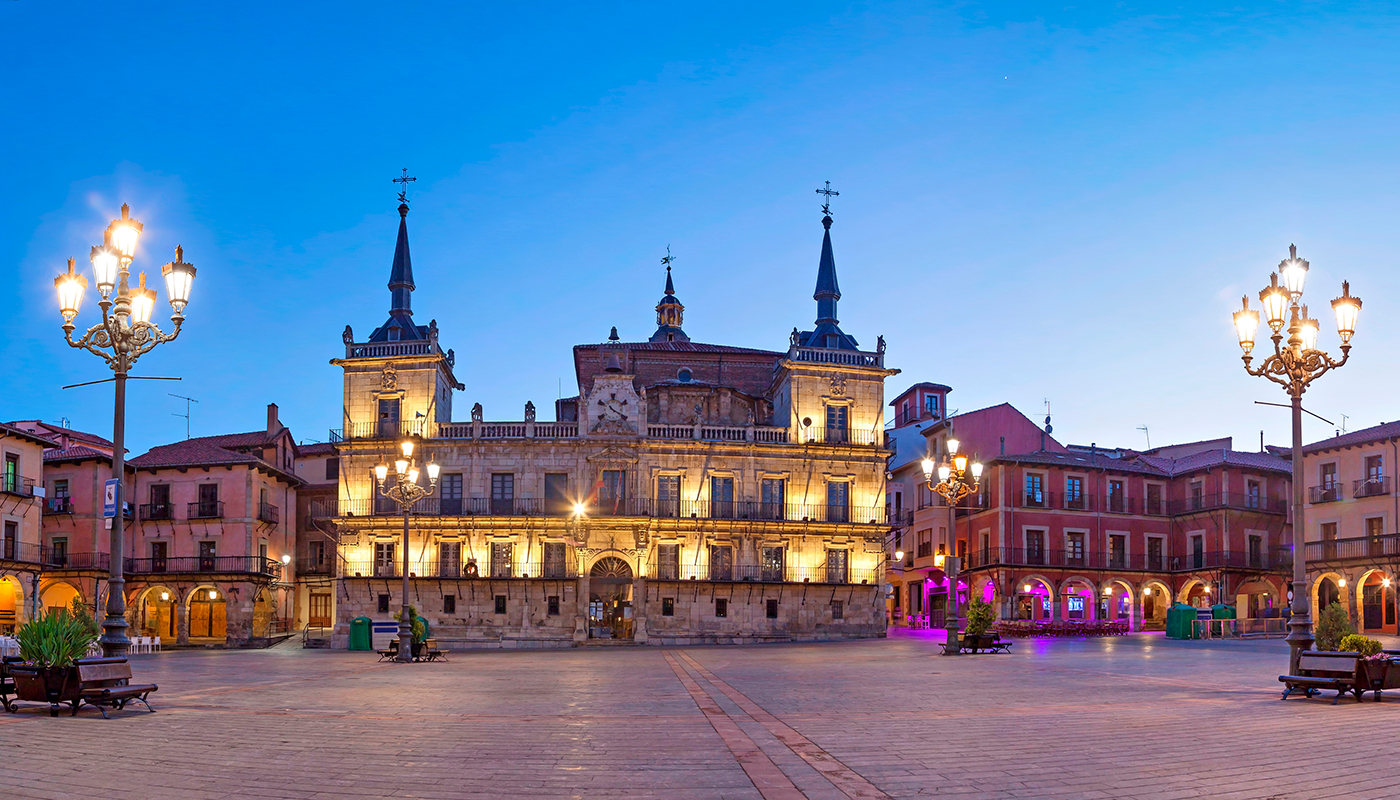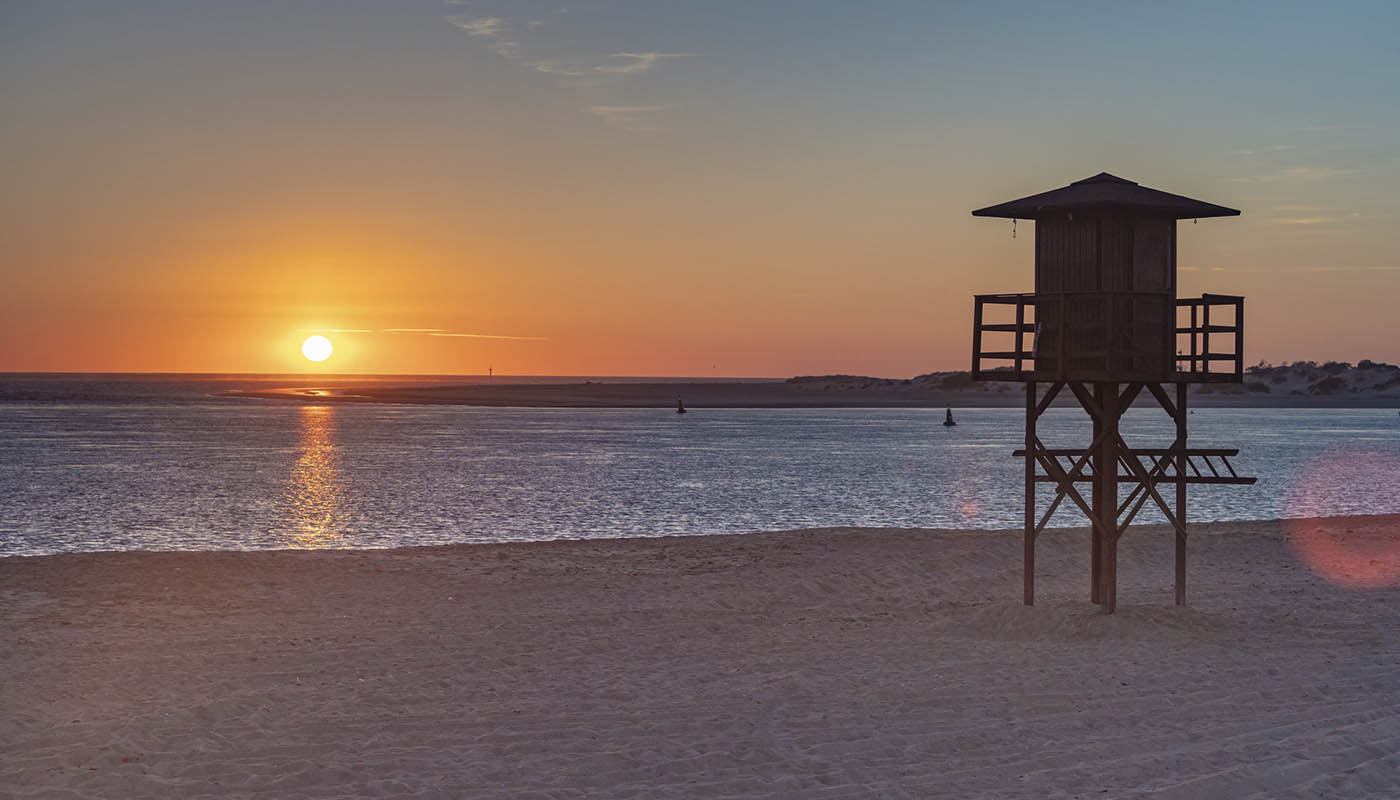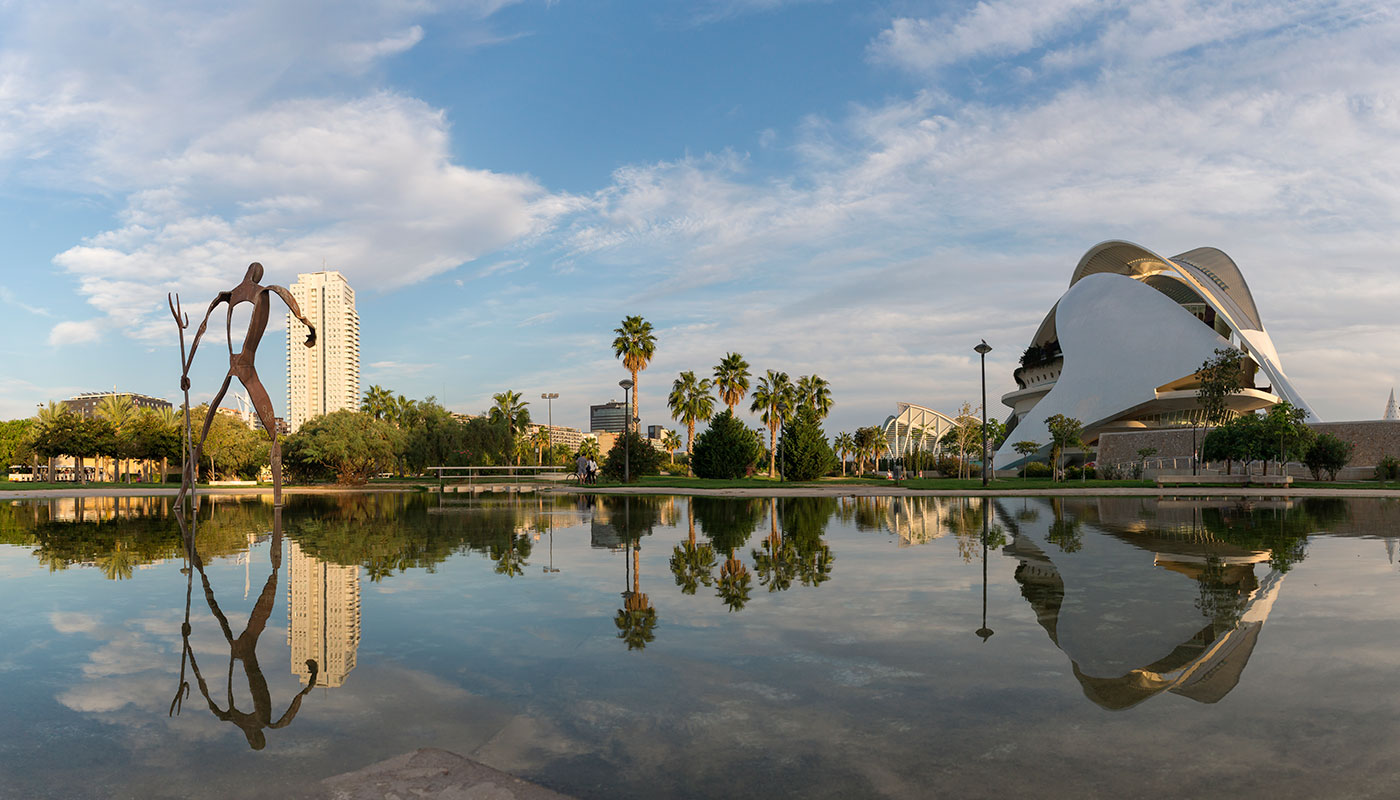In the easternmost corner of Germany, Görlitz, a unique city encapsulating centuries of history and architecture, is so well-preserved that it resembles a theatre set. Unique in character, Görlitz is a melting pot of styles ranging from Gothic and Renaissance to Baroque and Art Nouveau. The historical quarter, which marks the border between Germany and Poland, is much more than a tourist destination: it is a journey to the heart of Europe. From its cobblestone streets, which have inspired Hollywood filmmakers, to the scenery of the Neisse river, Görlitz invites you to discover its secrets and explore its rich cultural heritage.
The city’s history: Görlitz, an untouched cultural gem, border town and crossroads between Eastern and Western Europe
With more than a thousand years of history, Görlitz began as a Slavic settlement at the crossroads of Europe. In the eleventh century, the town gained prominence when it became part of the Via Regia, a vital trade route linking Santiago de Compostela with Kiev. The road brought merchants and craftsmen who enriched Görlitz, transforming it into a flourishing textile centre during the Middle Ages. Over the centuries, its economy and culture prospered thanks to its strategic location in the heart of Silesia.
The seventeenth century saw the arrival of new architectural and religious influences. Görlitz embraced a melting pot of styles, reflected in its old town: from its Gothic churches to its Renaissance and Baroque squares. The Protestant Reformation also left its mark, transforming the spiritual and political dynamics of the region. The city went through periods of splendour and decline, but its location on the border between the Germanic and Slavic worlds has always been its greatest strength and challenge.

After World War II, Görlitz was divided in two by the Neisse river. The eastern part became the Polish town of Zgorzelec, while Görlitz remained a German enclave. Despite widespread destruction in Europe, the historical quarter of Görlitz remained intact, earning it the nickname ‘The most beautiful city you don’t know’. In recent years, its architecture has been restored thanks to anonymous donations and has served as the setting for film productions such as The Grand Budapest Hotel, Inglorious Bastards and The Book Thief, cementing its reputation as a cultural treasure.
How to get there from Dresden: a straightforward journey to the Polish border
Travelling from Dresden to Görlitz is as picturesque as the city itself. The most comfortable way to travel is by train, a journey of about an hour and a half through scenery that alternates between hills, forests and small villages. Deutsche Bahn offers frequent services from Dresden’s main station, and prices are usually affordable, especially if you buy in advance.
For those who prefer to drive, the journey along the A4 is also a charming one. The road crosses the tranquil Saxon countryside and ends in Görlitz with a view of its iconic architectural skyline. Although there is no airport in Görlitz, the proximity of Dresden makes it easy to reach from anywhere in the world.
What to see on your visit: architecture and film in one walk
Görlitz is an architectural gem where every corner reveals a story. Start your tour at the Altstadtbrücke, the pedestrian bridge that crosses the Neisse river and connects Görlitz with Zgorzelec. From here, the views of the town with its towers and rooftops are picture-postcard. A few steps away, St. Peter and Paul church with its magnificent Sonnenorgel organ is a must for lovers of sacred art.
The Schönhof, the oldest Renaissance building in Germany, houses the fascinating Silesian Museum, a window into the art and culture of the region. Another must-see is the Market Square, where the Town Hall stands out with its tower and astronomical clock. For those looking for more cinematic touches, the Hotel Börse and the cobblestone streets of Görlitz have served as the backdrop for iconic films such as those mentioned above.
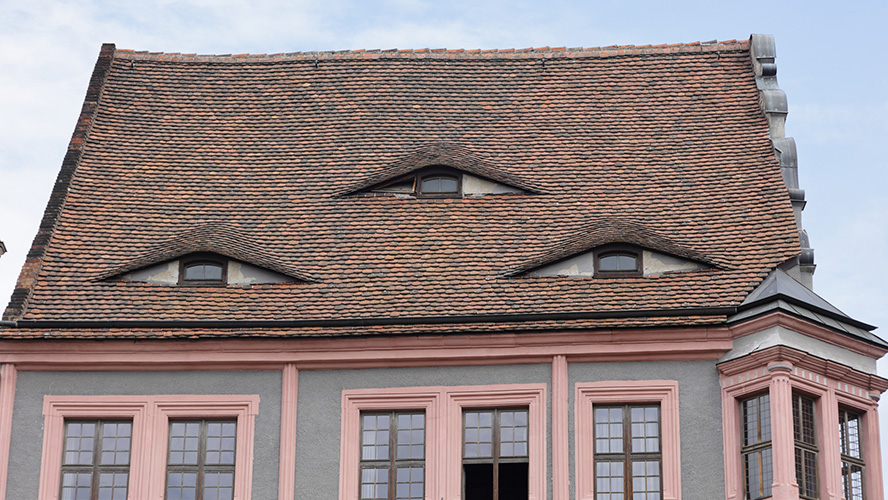
The Nikolaivorstadt district is a must to admire the medieval walls and walk along its cobblestone streets, enjoying the atmosphere of a bygone era. Don’t forget to visit the Biblical Garden, an unusual corner full of symbolism. Finally, if time permits, a stroll through Görlitz-Zgorzelec park allows you to enjoy panoramic views and the nature that borders both cities.
Relationship with porcelain: the art form that marked an era
Görlitz, though not Meissen, has a special connection to porcelain. During the eighteenth century, the town became a crucial trading post for the so-called ‘white gold’ thanks to its strategic location. Traders transported delicate pieces from the factories of Saxony all over Europe, cementing the region’s reputation as the cradle of quality porcelain.
Today you can find exhibitions paying homage to this heritage at the Silesian Museum and specialised shops in the old town. Porcelain is not only a vestige of the past, but also a decorative element that adorns many of Görlitz’s cafés and restaurants, adding a touch of historical elegance to your dining experience.
Where to eat: Saxon food, pretzels and the terraces of the Neisse river
Görlitz is a paradise for foodies. If you are looking for an authentic experience, the Dreibeiniger Hund offers traditional Saxon dishes in a welcoming atmosphere. Their potato soup with sausage and strudels for dessert are a tribute to the local cuisine. If you are looking for another excellent option in Görlitz, we recommend Brauerei-Gasthof, a traditional tavern that specialises in authentic German dishes accompanied by local beers.
Don’t miss the terraces along the Neisse river, which are perfect for enjoying a coffee while looking out onto the views of Poland in the distance. And for something quick and delicious, the local market offers freshly baked pretzels and regional cheeses that will win you over. Görlitz knows how to feed both body and soul.









